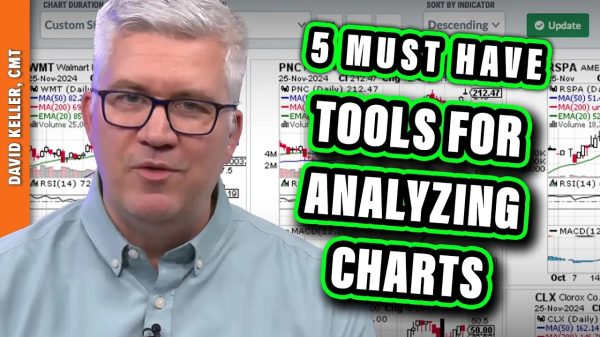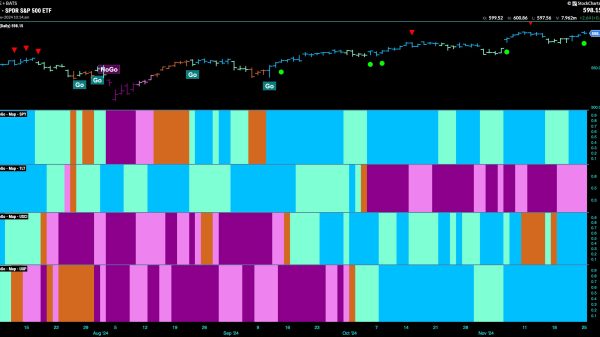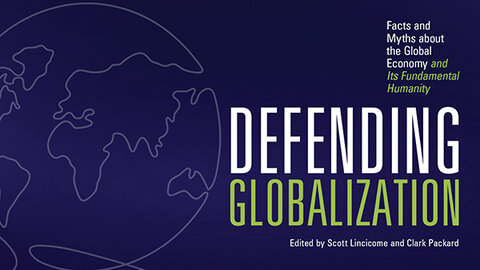Milton Friedman: The Last Conservative
By Jennifer Burns
Farrar, Straus and Giroux, 2023; x + 587 pp.
Imagine that you come across this about the “education premium” on someone’s blog: “By going to college, you are more than tripling your chances for success in after life.” The statement is buttressed by a calculation of the extra lifetime earnings that a college degree will provide. Wouldn’t you think that the author is an economist? In fact, the author was a high school student, and he wrote this in 1927, before ever studying economics. As you will by now have guessed, the precocious student was Milton Friedman.
Jennifer Burns, a professor of history at Stanford, makes clear in her outstanding biography that many of Friedman’s characteristic intellectual traits were present at a very early age, as the anecdote above illustrates, and that these remained constant throughout his long life. Much of Friedman’s work in economics consists of statistical analysis, though of course carried out at a far more sophisticated level than his fledgling high school effort. As an undergraduate at Rutgers, he was trained in statistical analysis by Arthur Burns, a young professor whom Friedman idolized. Burns introduced Friedman to the method of business cycle research of his own teacher, Wesley Clair Mitchell, and also stressed the importance of Alfred Marshall’s Principles of Economics, a text that was to remain a touchstone of sound economics for Friedman. Years later, Friedman made original contributions to statistical theory. He helped develop “sequential analysis” and together with L.J. Savage worked on the analysis of utility and risk. “Although never lionized as part of Friedman’s Chicago gang, Savage was one of the few people whom Friedman openly called ‘a genius’ and their short-lived collaboration proved fertile for both.”
Friedman’s commitment to statistical analysis led him vehemently to oppose the economics of Ludwig von Mises and Friedrich Hayek, whom he regarded as the purveyors of a priori, “unscientific” theorizing. Although Friedman and Hayek were friends and colleagues at the University of Chicago, and Friedman admired Hayek as a political and social thinker, “when a motion was raised to grant Hayek a courtesy appointment in economics—generally an honorific with no real power—he was not a supporter.” Hayek’s Austrian economics was not empirical enough for Friedman.
Of course Friedman’s views on economics were not confined to methodology. From his graduate years at Chicago, he had firm ideas about policy as well, and these he absorbed from Frank Knight and Henry Simons. Both supported a competitive market, but they sharply differentiated between the “real” economy and the monetary and banking system. In the former, competition, firmly regulated by antitrust enforcement, was the order of the day, but not so in banking, which required centralized control by the government. To deal with depression, monetary expansion was required. This position too is at odds with the Austrian School, which views with alarm the machinations of the Fed.
Burns explains the views of the Chicago School on banking in this way:
“Galvanized by [FDR’s 1933] bank holiday, Chicago’s economists swung into action, drawing up the ‘Chicago plan’ for banking reform. . . . It shows clearly that Chicago economists, despite their neo-classical orientation, carved out a large role for the federal government in meeting the emergency. Chicago’s leading price theorists did not argue that the Depression was a necessary correction, or that economic activity would magically return to a desirable equilibrium. . . . Within ten days after the bank holiday began, the memo urged a significant expansion of federal power to meet the crisis. Broadly, it said that the federal government should attempt to increase the price level by around 15 percent. Specifically, it should take over the banking system, pass legislation breaking up the savings and lending functions of banks, and end the gold standard.”
Friedman absorbed the lessons of the Chicago economists, and emphasis on the need for monetary expansion to deal with depressions was a leitmotif of his career. Most notably, in A Monetary History of the United States, coauthored with Anna Schwartz, he blamed the severity of the Great Depression on the Fed’s contraction of the money supply:
“How did money affect business cycles? Friedman and Schwartz had an answer they considered definitive: money mattered. . . . Friedman knew the book would have an impact. He knew it was the best work he had ever done, or would ever do. . . .
“The book’s centerpiece was its stunning analysis of the Great Depression. Friedman and Schwartz’s data showed a precipitous 33 percent decline in the quantity of money during what they called ‘the great contraction.’ They convincingly argued that this lack of money transformed an unremarkable dip in the business cycle into a crisis of global proportions. . . . A Monetary History of the United States dwelled with the intensity of a psychologist upon the differences between the New York bankers George I. Harrison and Benjamin Strong Jr., men holding the power to redirect history itself. The absent hero was Strong, who died just before the crash. Examining Strong’s earlier career, Friedman and Schwartz argued that he would have reacted to the liquidity crisis with ‘strenuous and appropriate measures to head it off’ . . . Harrison acquiesced to a policy of monetary inactivity. The Fed stood by as money drained from the banking system and the economy collapsed.”
Strong was Friedman’s hero, but he was Murray Rothbard’s villain. Rothbard blamed Strong for the inflationary expansion of bank credit during the 1920s, which led to an artificial boom that, as the Austrian theory of the business cycle shows, must inevitably collapse. Rothbard developed his analysis in his magisterial America’s Great Depression (1963), but Friedman did not respond to it.
Why did these two major economists differ on the causes of the Great Depression, though both agreed, albeit in contrasting ways, that money matters? The answer is that methodology also matters, and this is the chief point I’d like to emphasize in this review. Methodology may strike some, eager to get down to practical issues, as arid and abstract, but it has consequences of the utmost importance.
The Austrian theory of the business cycle is based on a priori reasoning, which is then used to help interpret historical events. People often find the notion of a priori truth puzzling, but what is important for our purposes is not an account of why such reasoning is true, but rather the fact that if you start with an a priori true axiom and reason validly from it, your conclusion also is true. Friedman’s method is entirely different. His account of the business cycle is based entirely on statistical evidence, correlating changes in the quantity of money with employment and output. What this ignores is that statistical correlations do not by themselves suffice to establish causation. Friedman viewed theory in instrumentalist terms, seeing it as a way to generate predictions that could be experimentally tested. The intrinsic significance of the theory was of little or no concern to him, and even a theory with false assumptions could still be useful. “Friedman considered the realism of a theory’s assumptions beside the point. . . . Analytically, it wasn’t important if a business owner actually tried to maximize profits. It was only important that collectively, businesses could be understood ‘as if’ they were trying to do so. . . . Friedman was also comfortable with the idea that observation could never be truly neutral; the investigator had always a selection bias of some sort. The way out of the trap was a relentless focus on problem-solving. After observation came prediction.” It isn’t clear why Friedman imagined that bias would not also affect how predictions were interpreted. False assumptions combined with selection bias does not seem like a recipe for success.























